

WELCOME DRINK ON THE TERRACE
15% DIRECT DISCOUNT
100% SECURE BOOKING
PERSONALIZED ATTENTION
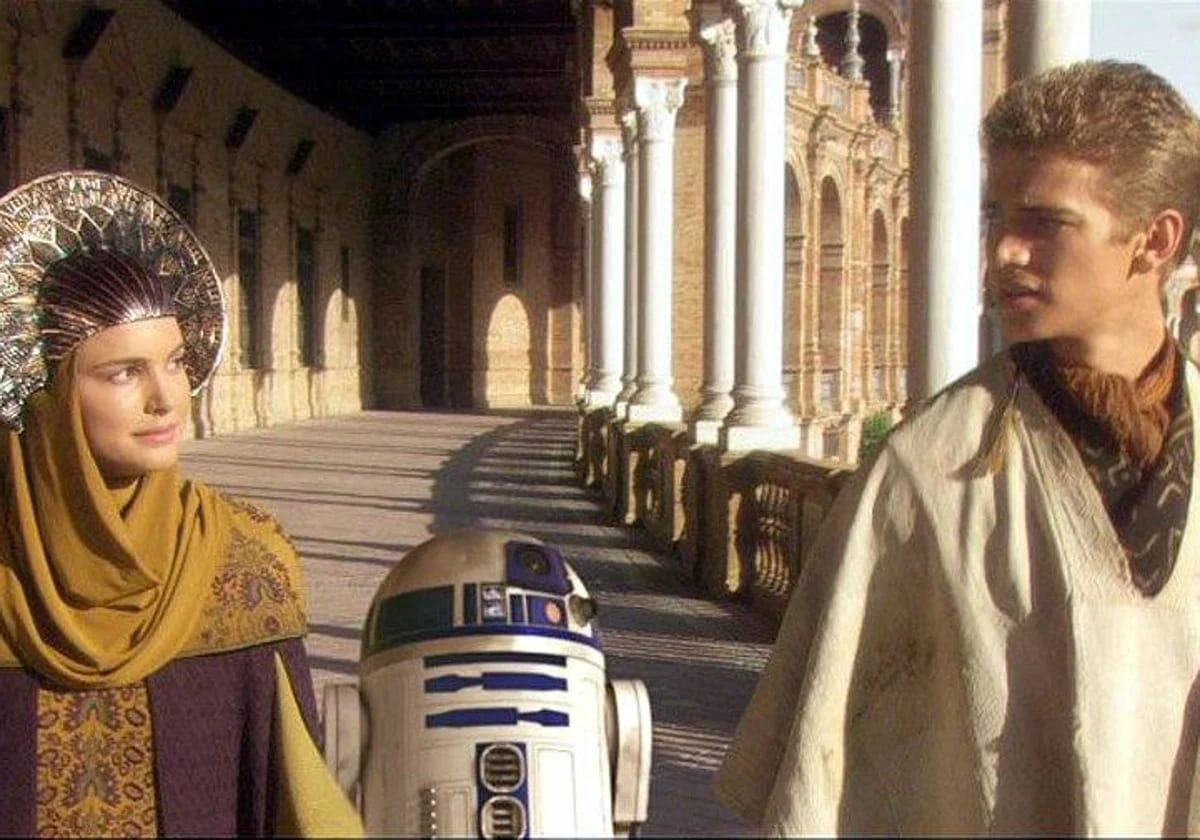
The city is both read and filmed. We propose a literary and cinematic route for October, when walking is a pleasure.
“Don Juan Tenorio” (Zorrilla) and “The Trickster of Seville” (Tirso de Molina) : the myth of Don Juan was born in Seville. Think of wrought iron gates, quiet courtyards, and facades steeped in legend.
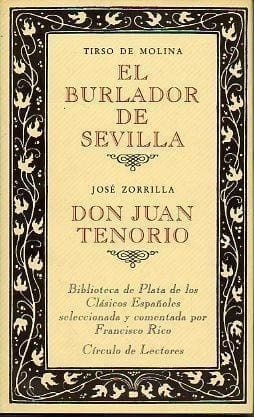
“Carmen” (Prosper Mérimée) : the most famous cigarette girl; echoes of the old Tobacco Factory and of a popular, mixed-race and musical city.
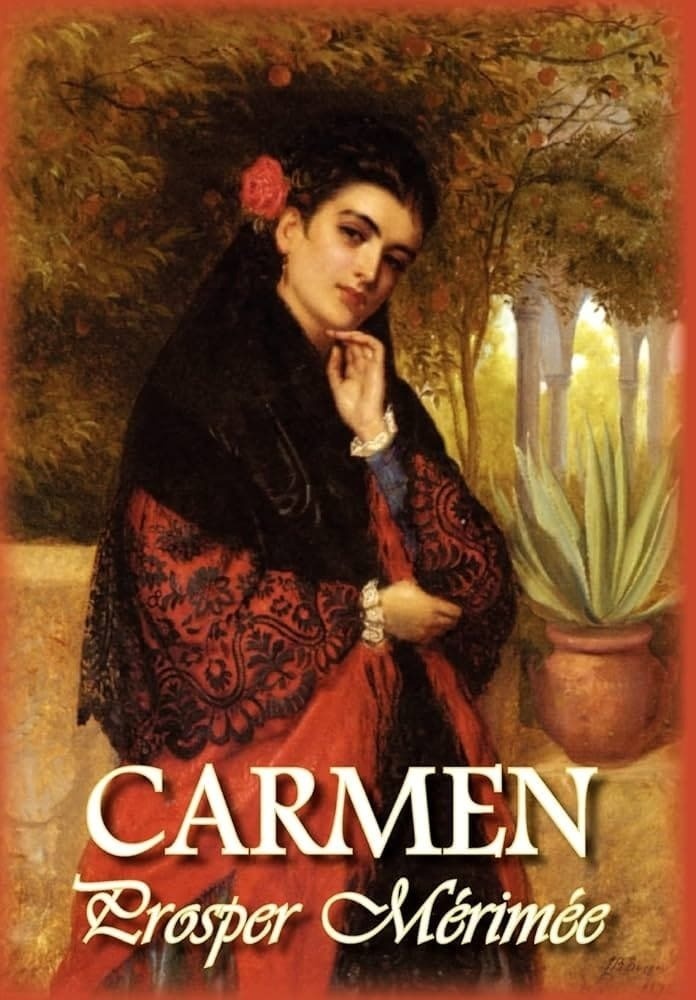
“Rinconete y Cortadillo” (Cervantes) : Seville as the capital of commerce and the rogue; scenes that evoke historical collations and guild life.
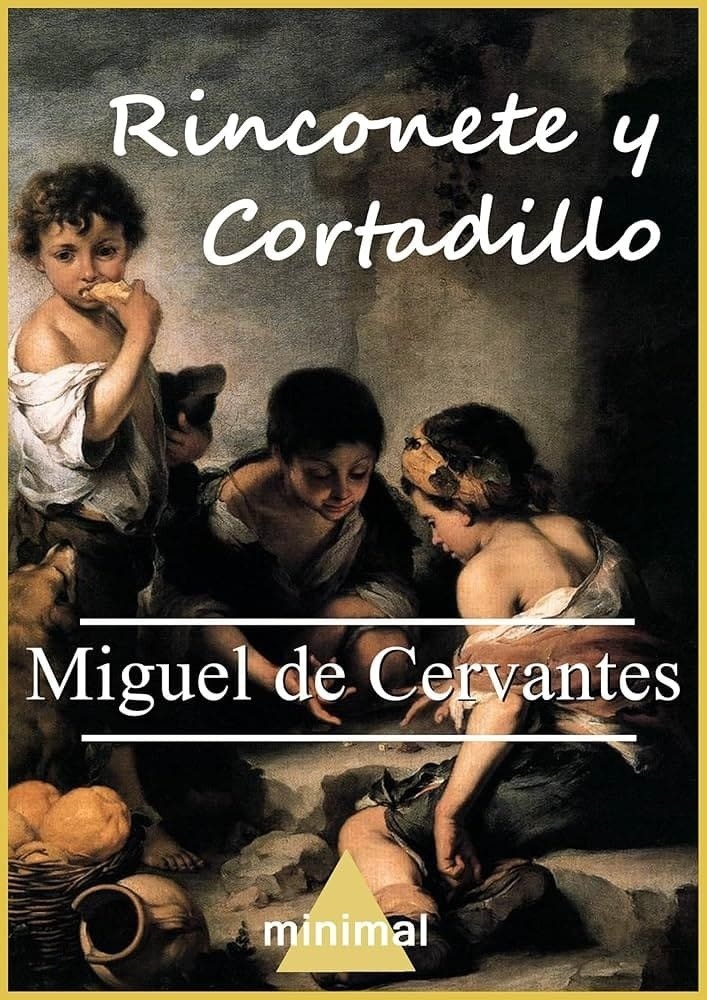
“The skin of the drum / The Seville Communion” (Arturo Pérez-Reverte) : contemporary intrigue among temples, squares and rooftops of the historic center.
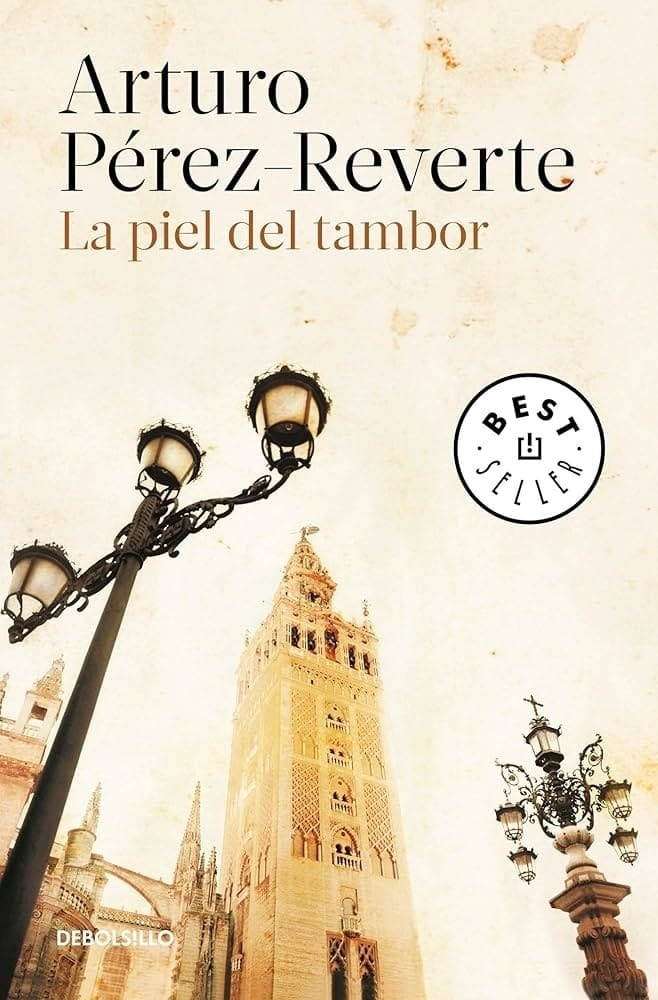
Gustavo Adolfo Bécquer : his “Rhymes and Legends” leave a Sevillian mark; he seeks the atmosphere of “Master Pérez, the organist” in cloisters and choirs.

“Blood and sand” (Vicente Blasco Ibáñez) : passion, plaza and ritual; a Seville of embroidery, bullfighting teams and mud.
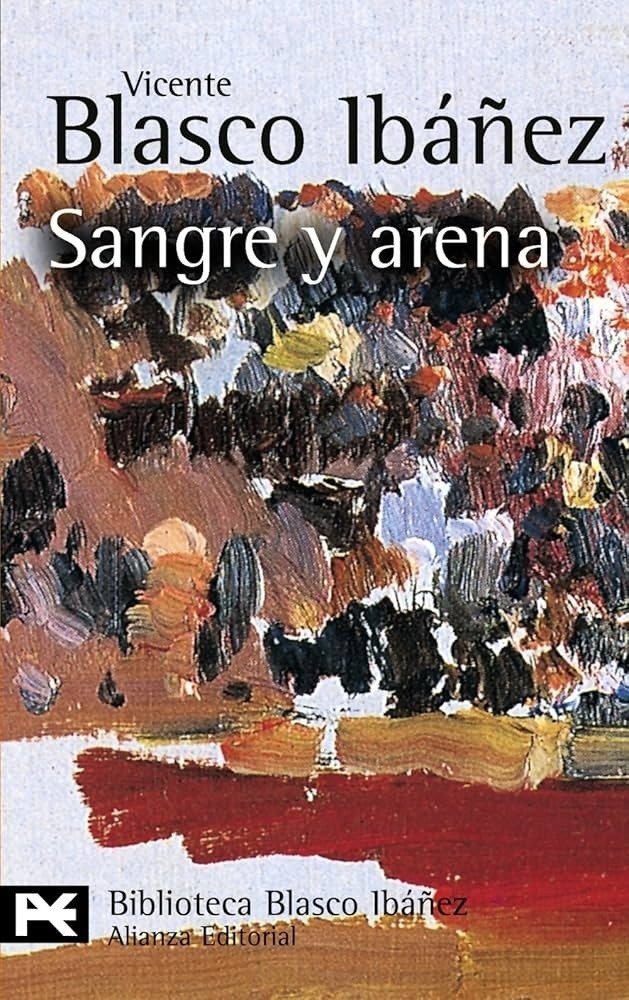
Poetry and courtyards. Intimate Seville lives in courtyards and rooftops: look for inscriptions, stonemason's marks and tiles with texts or coats of arms.
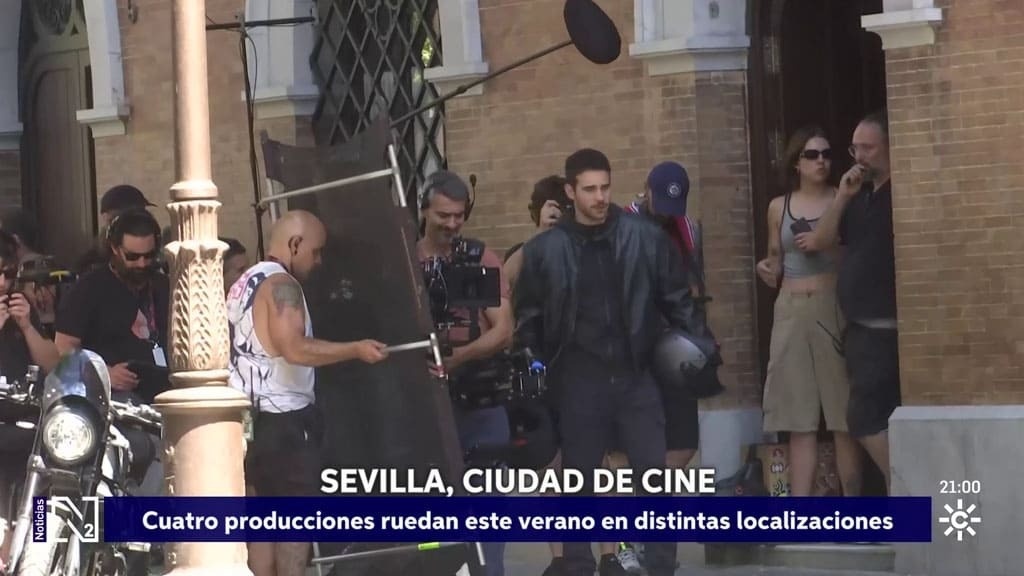
Plaza de España: a universal film location — from “Lawrence of Arabia” to the “Palace of Theed” in “Star Wars: Episode II” . Look for the provincial benches and their ceramic scenes.

Royal Alcázar: gardens and halls that have been “other kingdoms” (e.g., “Game of Thrones” , Water Gardens of Dorne). Living and in use palace: the oldest in Europe still inhabited.

Berlin (Netflix, Season 2): The new heist moves to Seville, and filming for the second season includes locations such as the Isabel II Bridge (Triana), Laraña Street, the Palace of the Marquis of La Motilla, the Faculty of Fine Arts, and other areas of the historic center. Closures of the Triana Bridge due to filming were announced for the summer of 2025.
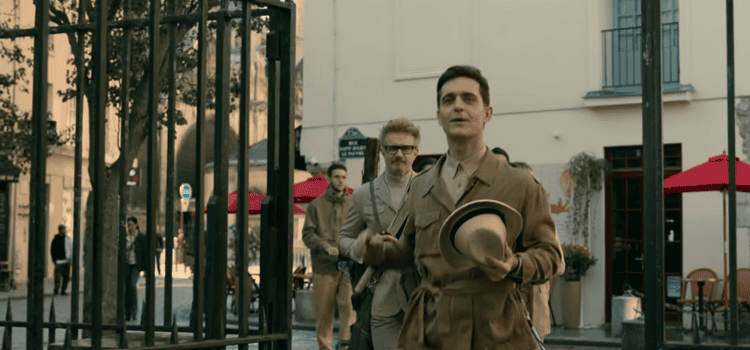
Guadalquivir riverbank: bridges, reflections and movie-worthy facades; ideal at sunset.

Casa de Pilatos: Renaissance courtyard and halls that have appeared in multiple film shoots (a perfect nod to palatial Seville).
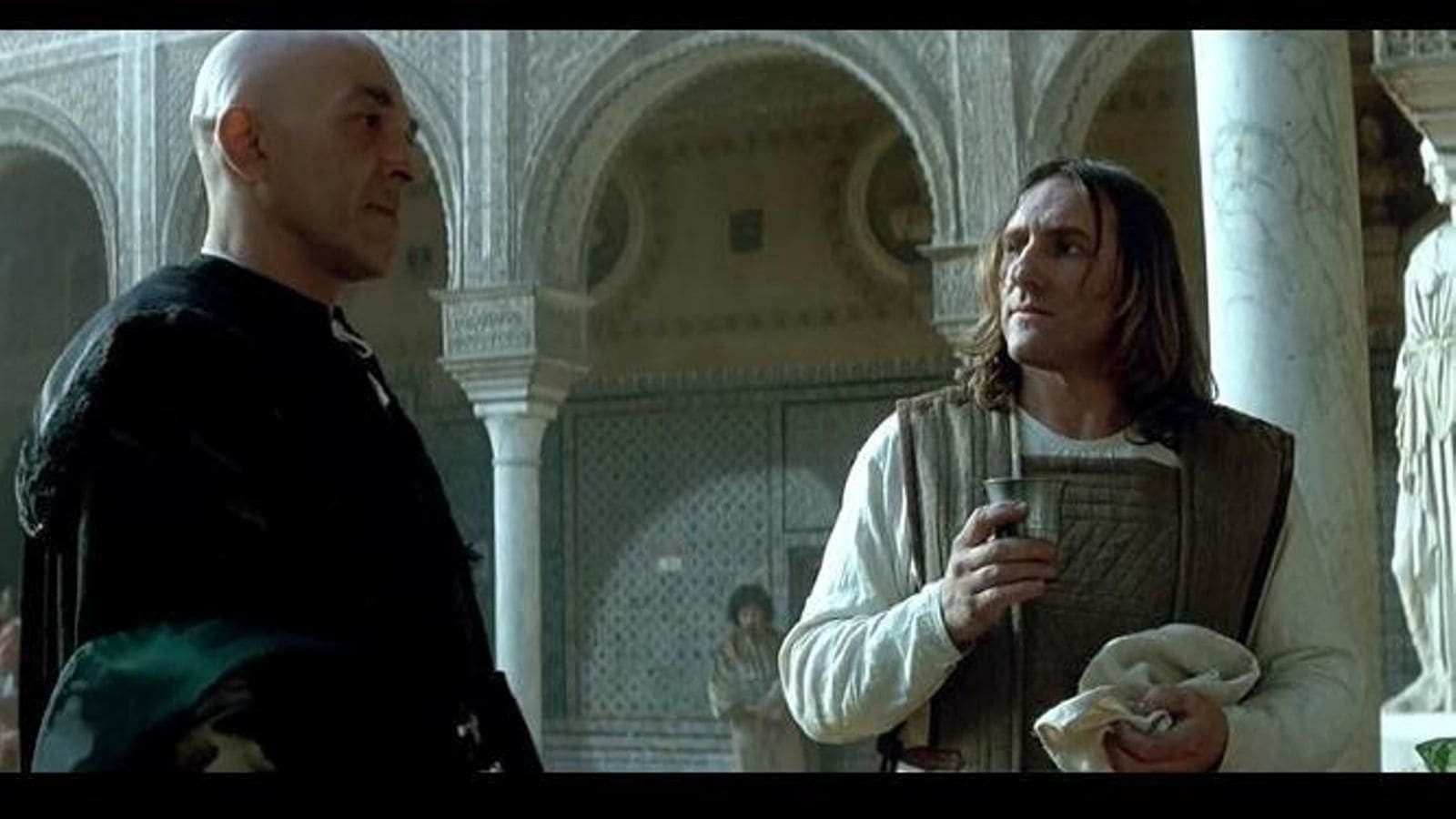
The Plague (series): a Golden Age Seville reimagined among narrow streets, market halls and riverbank.
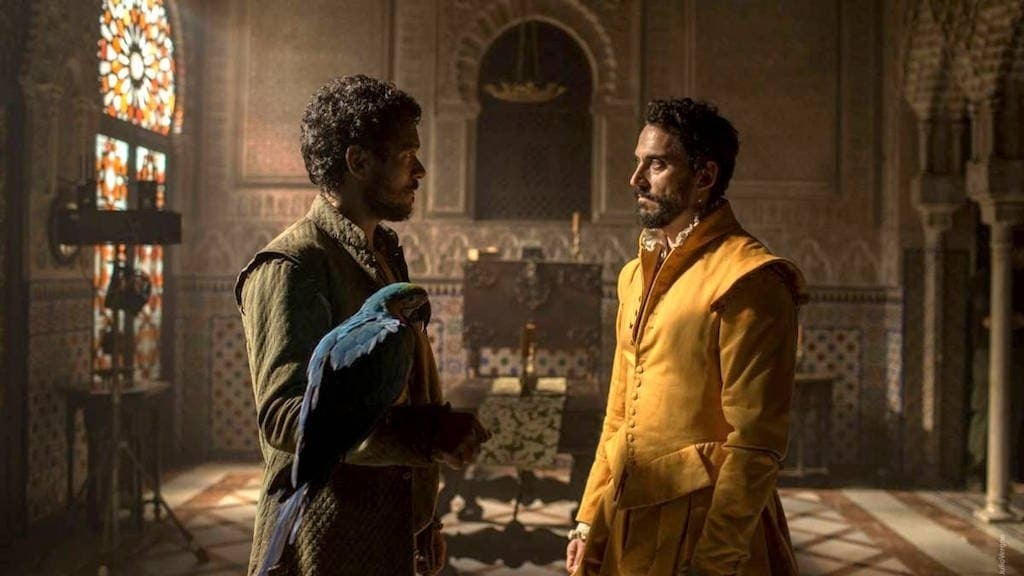
Nobody Knows Anybody (novel by Juan Bonilla and film): a Sevillian thriller set during Holy Week, with the city as its backdrop.

Mission: Impossible 2 and Knight & Day: film licenses with parties, processions and chases that use Seville postcards as scenery.
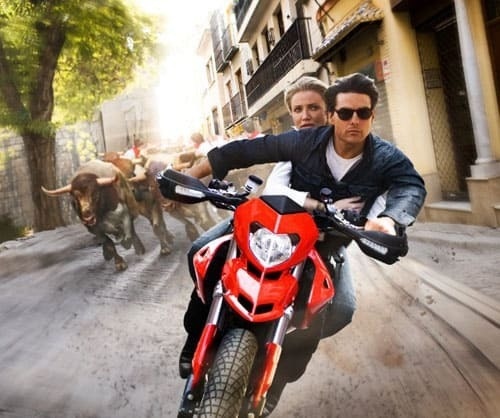
Plaza de España (1929): each tiled bench represents a province and historical scenes; it's a game to find yours.
Archive of the Indies: preserves key records of the route to America; its sober architecture contrasts with the exuberance of the Alcázar.
Torre del Oro: its name divides chroniclers (the brilliance of the original cladding vs. legends of metals).
Triana: cradle of potters; many signs in the old town are made with Triana tiles.
The legend of Susona: a story of love and betrayal in Santa Cruz; see plaques and street names that commemorate her.
Italica (Santiponce): a stone's throw from the city, the amphitheater was “Dragonpit” in “Game of Thrones” ; perfect half-day excursion.
A literary morning in Santa Cruz (small squares and silences).
Midday of tiles and patios (look at signs, inscriptions, ceramic heraldry).
Afternoon at the movies in Plaza de España and Parque de María Luisa; it ends with a view of the river.

Carry a notebook or notes on your mobile: windows, shadows and cornices give ideas.
Photograph details, not just panoramas: ceramics, closures, knockers, cartouches.
If you're inspired by a soundtrack, try walking to pasodobles, coplas, or soft Andalusian guitar: it all fits.
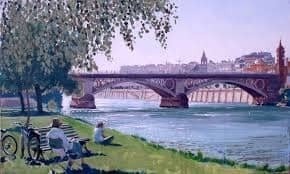
End your day at Época Suites: houses with history, modern design and the perfect calm for editing photos or writing.

